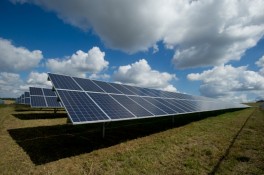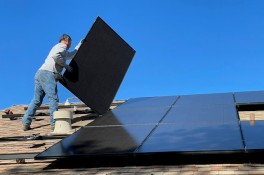A warm and dry February may have increased Lake Mead's chances of experiencing water shortage two years from now.
"The Arizona Republic reports that El Nino brought a snowy winter to the Rocky Mountains, but things dried up in February. The Colorado Basin River Forecast Center projects that Lake Powell will hold only 80 percent of its long-term average amount of water this spring," FOX 11 Reno, NV, reports.
Lake Mead is located 25 miles southeast of the city. It is the reservoir that is being fed by the giant Colorado River. However, two weeks ago, its water level has hit its all-time low since the Hoover Dam was constructed in the 1930s.
"Currently, the much-written-about 'bathtub ring' marking Mead's water level at full capacity is visible in rock formations 130 feet above its glassine surface. And the lake's new record low of 1,080 feet above sea level is sure to be broken within months: By September, experts predict, the level will have dropped another six to seven feet," a published article in On Earth reads.
Weather stations in the river basin were also able to record temperatures that are above average. This could make future droughts even harsher.
University of Arizona geography professor Connie Woodhouse said that past research has already indicated continuous intense droughts in the region due to the changing climate.
Furthermore, latest projections from the U.S. Bureau of Reclamation has given Lake Mead 37 percent chance of experiencing shortage conditions by 2017. However, it has given Lake Mead 59 percent of shortage chances by 2018.
Las Vegas Sun revealed that the U.S. Interior secretary only declares a shortage in cases where results of annual studies lean towards reservoir's level reaching less than 1,075 feet above sea level on Jan. 1. "The water is expected to drop below that threshold this summer but recover in time to prevent a shortage declaration for 2017."
If a shortage is indeed happening, Arizona and Nevada will be force to implement water restrictions.
© 2017 Jobs & Hire All rights reserved. Do not reproduce without permission.




